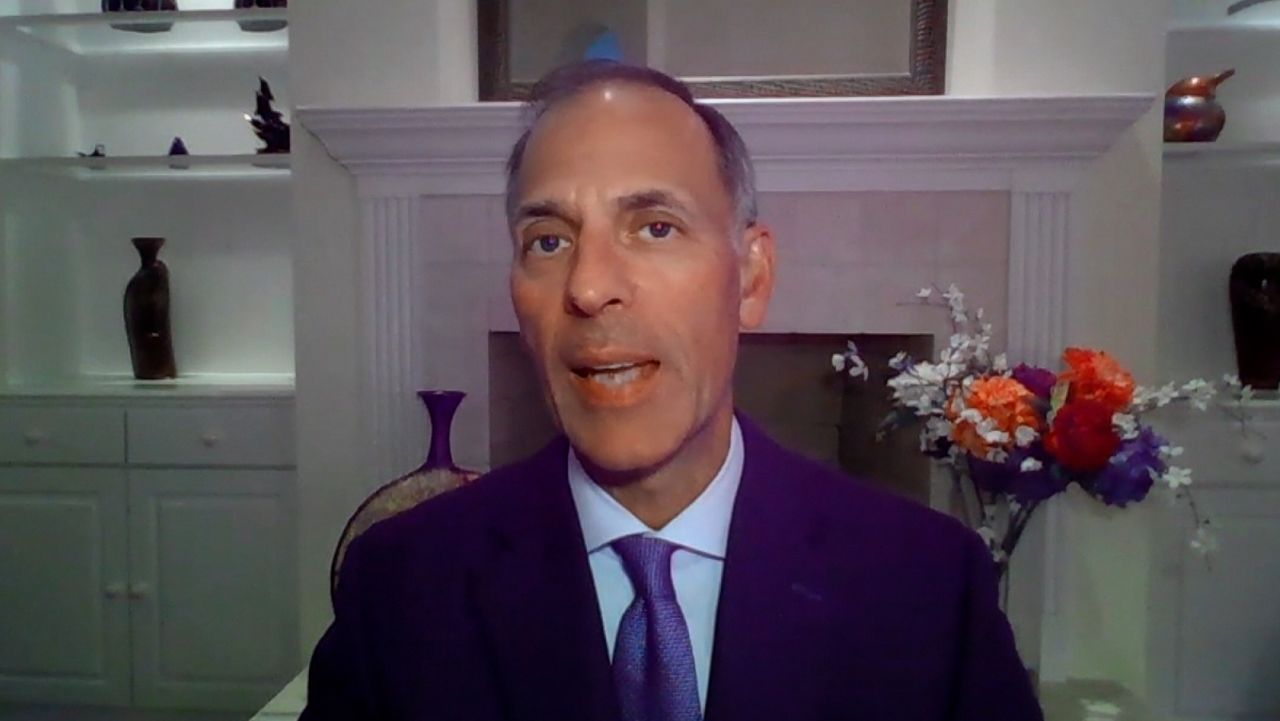Prices kept rising last month in America, pushing a key inflation measure to a level not seen since January 1982.
The Consumer Price Index, which measures a basket of goods and services, stood at 7.9% over the 12-month period that ended in February, without seasonal adjustments, the Bureau of Labor Statistics reported Thursday. That was in line with what economists had predicted.
Prices for gas, food and housing – which are necessary rather than discretionary spending – drove the February price increases.
February prices rose 0.8%, adjusted for seasonal swings,a larger increase than in January.
Food prices rose 1% last month, the largest monthly increase since April 2020. Over the past 12 months, food prices went up 7.9%, the biggest jump since July 1981. Grocery store prices rose at an even faster pace of 8.6% over the same period, the biggest increase since April 1981.
Gasoline prices alone rose 6.6% and contributed nearly a third of the overall inflation increase in February. Over the past year, they have risen 38%.
About a third of the 24-cent a gallon increase in the price of regular gas occurred in the final five days of the month, after Russia invaded Ukraine, according to data collected for AAA by the Oil Price Information Service. But prices have soared since then, with a gallon of regular gas rising by 71 cents, or about 20%, just since the end of February to stand at $4.32 a gallon on Thursday. That doesn’t bode well for the March inflation numbers.
Economists had hoped that the pandemic price hikes of the past months, driven by supply chain problems and high demand, would start to abate as the year goes on. But with the Russia-Ukraine conflict expected to pushenergy and food prices higher for its duration, a new type of inflation that’s not linked to the pandemic could take center stage.
Economists at Action Economists tentatively put their forecast for March inflation at 8.6% over the 12-month period, they said Thursday morning. That would be a level not seen since December 1981.
On Wednesday,White House press secretary Jen Psaki said the administration was bracing for a high inflation number on the back of rising energy costs. She added that rising prices in pandemic-related sectors, such as travel and dining, are also expected as the US recovers from the Omicron wave of the coronavirus.
Meanwhile, Americans have to reach deeper into their pockets to pay for their day-to-day expenses.
Credit card and debit card spending increased by an average rate of 15.7% in the 28 days ending March 5, compared with the same period last year, according to aggregated data from Bank of America.
“Record-high gas prices have started to create headwinds for the consumer but the overall impact is still small as of early March,” said Anna Zhou, US economist with Bank of America. The bank found that lower income and higher income households both spent more as gas prices surged.
“Rising gas prices are particularly painful for lower-income consumers. For one, gas makes up a larger share of their total spending. For another, lower-income consumers tend to work in sectors where remote working is not an option, and so their driving demand is inelastic to gas prices,” Zhou said.
Stripping out volatile food and energy costs, coreinflation rose to 6.4% over the 12-month period ended in February, the highest level since August 1982. Prices rose 0.5% last month, slightly less than in January.
CNN’s Betsy Klein and Chris Isidore contributed to this report.
























